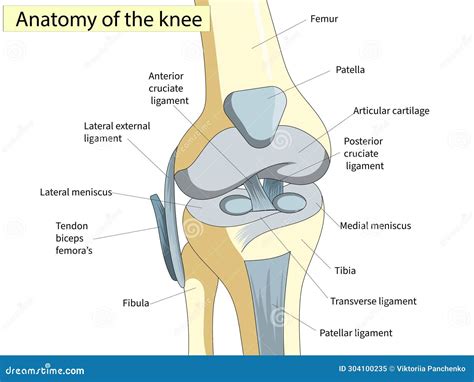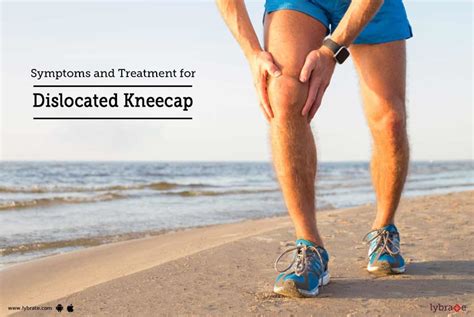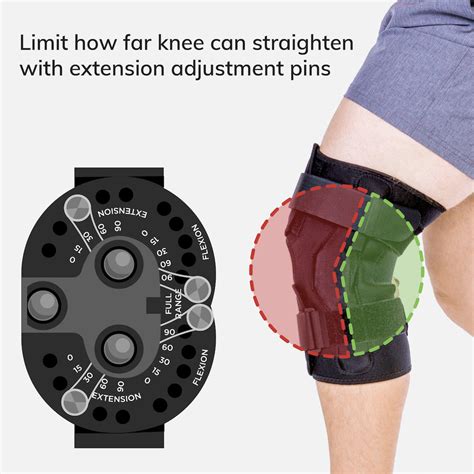Intro
A dislocated knee, also known as a patellar dislocation, occurs when the kneecap (patella) slips out of its normal position. This can be a painful and debilitating injury, often requiring immediate medical attention. However, there are several ways to fix a dislocated knee, ranging from conservative treatments to surgical interventions. In this article, we will explore the different methods of treating a dislocated knee, including their benefits, risks, and recovery times.
The importance of seeking medical attention for a dislocated knee cannot be overstated. If left untreated, a dislocated knee can lead to chronic pain, instability, and limited mobility. Furthermore, a dislocated knee can increase the risk of developing osteoarthritis, a degenerative joint disease that can cause further pain and disability. By understanding the different treatment options available, individuals can make informed decisions about their care and work towards achieving a full recovery.
A dislocated knee can be caused by a variety of factors, including trauma, sports injuries, and genetic conditions. In some cases, a dislocated knee may be the result of a sudden twisting motion or a direct blow to the knee. In other cases, a dislocated knee may be caused by a pre-existing condition, such as patellofemoral pain syndrome or a congenital abnormality. Regardless of the cause, it is essential to seek medical attention as soon as possible to prevent further complications and promote healing.
Understanding the Anatomy of the Knee

Causes and Risk Factors
A dislocated knee can be caused by a variety of factors, including: * Trauma or injury * Sports injuries, such as soccer or basketball * Genetic conditions, such as patellofemoral dysplasia * Muscle imbalances or weakness * Previous knee injuries or surgeries It is essential to identify the underlying cause of the dislocation to develop an effective treatment plan.Treatment Options for a Dislocated Knee

- Conservative treatment: This may include rest, ice, compression, and elevation (RICE) to reduce pain and swelling. Physical therapy may also be recommended to improve strength, flexibility, and range of motion.
- Bracing: A knee brace may be used to provide support and stability to the knee joint.
- Pain management: Medications, such as pain relievers and anti-inflammatory drugs, may be prescribed to manage pain and inflammation.
- Surgery: In some cases, surgery may be necessary to repair or reconstruct the damaged tissues.
Benefits and Risks of Treatment Options
Each treatment option has its benefits and risks, which should be carefully considered before making a decision. For example: * Conservative treatment may be beneficial for mild dislocations, but it may not be effective for more severe injuries. * Bracing may provide support and stability, but it may also cause skin irritation or limited mobility. * Pain management medications may provide relief, but they may also have side effects, such as addiction or stomach problems. * Surgery may be necessary for severe injuries, but it may also carry risks, such as infection, bleeding, or scarring.Surgical Interventions for a Dislocated Knee

Recovery and Rehabilitation
Recovery and rehabilitation are crucial components of treatment for a dislocated knee. The following are some tips for a successful recovery: * Follow a rehabilitation program: A physical therapist can develop a customized rehabilitation program to improve strength, flexibility, and range of motion. * Use assistive devices: Assistive devices, such as crutches or a walker, may be necessary to reduce weight-bearing activities and promote healing. * Manage pain: Pain management medications and techniques, such as ice and compression, may be necessary to manage pain and inflammation. * Maintain a healthy lifestyle: A healthy lifestyle, including a balanced diet and regular exercise, can promote healing and prevent further complications.Prevention and Maintenance

Conclusion and Next Steps
A dislocated knee can be a painful and debilitating injury, but with proper treatment and care, individuals can make a full recovery. By understanding the different treatment options available, individuals can make informed decisions about their care and work towards achieving a full recovery. It is essential to seek medical attention as soon as possible to prevent further complications and promote healing. With the right treatment and care, individuals can regain strength, mobility, and function, and return to their normal activities.What are the symptoms of a dislocated knee?
+The symptoms of a dislocated knee may include pain, swelling, limited mobility, and instability. In some cases, individuals may hear a popping or snapping sound when the kneecap dislocates.
How long does it take to recover from a dislocated knee?
+The recovery time for a dislocated knee depends on the severity of the injury and the individual's overall health. In general, it may take several weeks to several months to recover from a dislocated knee.
Can a dislocated knee be prevented?
+Yes, a dislocated knee can be prevented by taking certain precautions, such as wearing proper gear, strengthening the surrounding muscles, and improving flexibility. Additionally, maintaining a healthy weight and avoiding activities that may put excessive stress on the knee joint can also help prevent a dislocated knee.
We hope this article has provided you with valuable information about dislocated knees and their treatment options. If you have any further questions or concerns, please do not hesitate to comment below or share this article with others. Remember to always prioritize your knee health and seek medical attention if you experience any symptoms of a dislocated knee.
